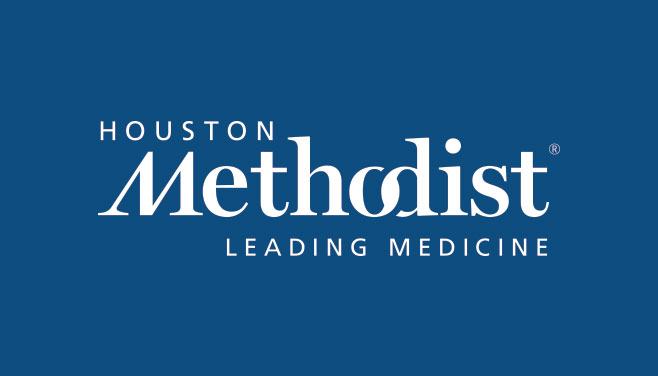
This invention is a method of inhibiting sterol regulatory element-binding protein 2 (SREBP2) in order to treat, prevent, reverse, and/or ameliorate conditions associated with an improper number of hematopoietic stem and progenitor cells (HSPCs). SREBP22 is traditionally known as a transcription factor that plays a role in cholesterol homeostasis. However, this invention provided the first evidence that cholesterol metabolism, via the activation of SREBP2 and downstream Notch signaling, controls HSPC emergence and may be used as a therapeutic target to treat hematological malignancies, such as T-cell acute lymphoblastic leukemia (T-ALL).
Stage of Development
In vitro data: Bioinformatics using genome-wide ChIP-seq, RNA-seq, and ATAC-seq indicated that SREBP2 trans-regulates Notch pathway genes required for hematopoiesis. Preliminary studies in T-ALL cell lines revealed that three small molecule inhibitors of SREBP2 dramatically inhibited cell growth, suggesting their use as a therapeutic for T-ALL.
In vivo data: SREBP2 depletion in notch reporter zebrafish decreased HSPCs and Srebp2 overexpression rescued HSPC emergence in these fish. Preliminary mouse studies demonstrated that SREBP2 suppression via small molecules abolished diet-induced rises of HSPCs in the bone marrow.
Competitive Landscape
There has been a steady improvement in long-term overall survival for T-ALL patients over the last few decades, however, key opinion leaders have noted there are several areas for improvement within the current therapeutic regimens. For example, while pediatric patients enjoy more than 85% long-term overall survival through the use of intensive upfront chemotherapy, delayed side effects from these toxic agents often appear later in life. Furthermore, in older adults or relapsed patients, hematopoietic stem cell or bone marrow transplants remain the main path toward a cure. Unfortunately, this procedure is invasive, it is often burdened by a lack of available donors, and there is a risk of life-threatening complications such as infection or graft-versus-host disease.
Competitive Advantages
• Improved quality of life
• Tunable response (i.e. different dosing regimens may facilitate more or less of a response)
• Less toxic compared to current regimens
• No donor required
• Non-invasive

